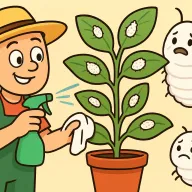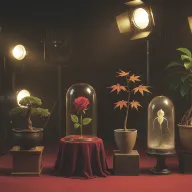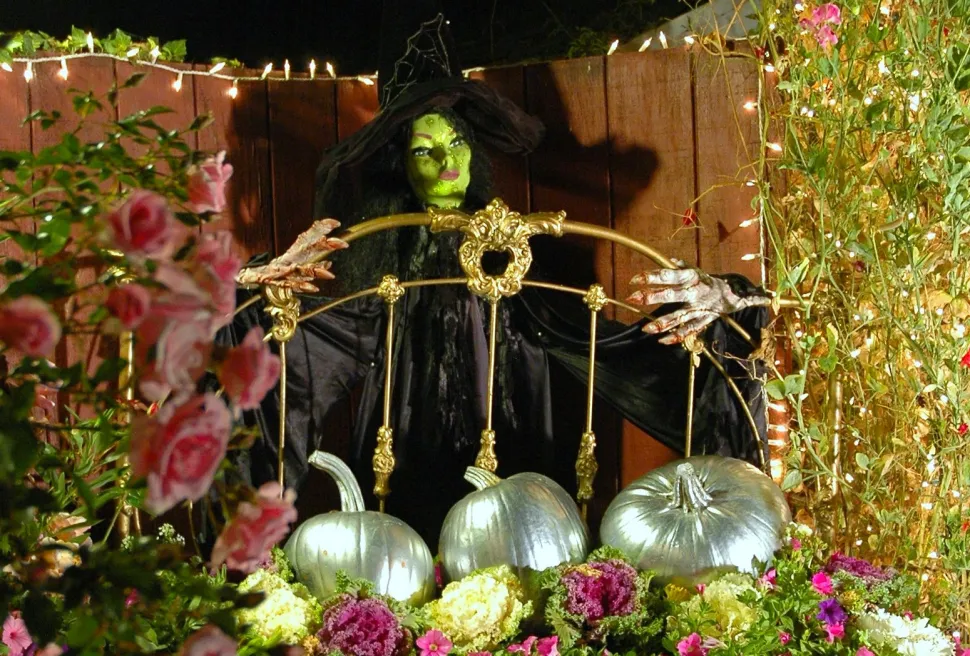
Halloween special: 10 plants to turn your home into a haunted mansion
Article for :All parent plants
Pumpkins aren't the only plants in the spotlight for Halloween. If you want to give your home and garden the look of a haunted mansion, discover our selection of surprising, spooky and repulsive plants.
Spanish moss (Tillandsia usneoides)
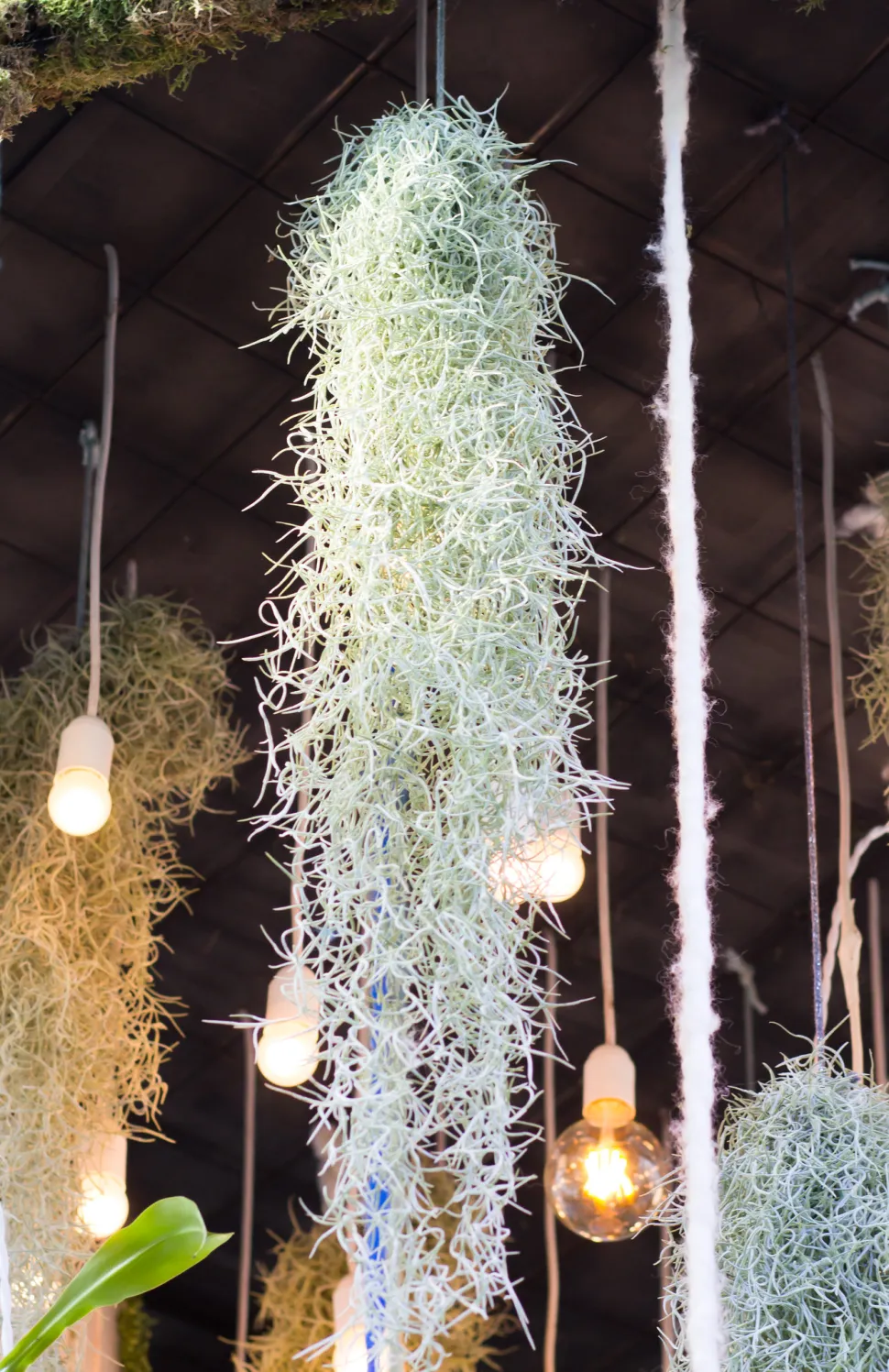
Many macabre legends explain the appearance of Spanish moss. Photo by Maja Dumat / Flickr
The silvery, drooping vines of spanish Moss are an indispensable decorative element in any haunted house worthy of the name. Somewhere between a spider's web and an old man's hair, they add a strange, eerie touch that transforms your cozy living room into an abandoned building.
Tillandsia usneoides is an epiphytic plant. It clings to a slab of wood, a shell or a pebble. For watering, the Monstera application recommends a generous daily spray or a weekly drench.
The fly-catching Dionaea (Dionaea muscipula)
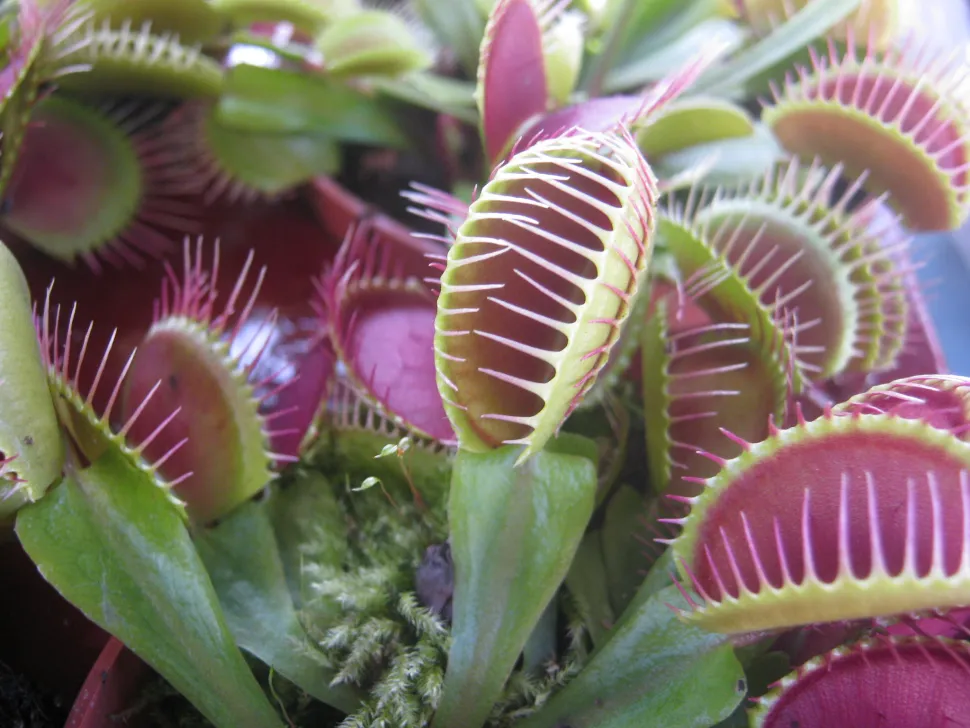
Dionaea's teeth are ready to devour you. Photo by Carnivorasland / Flickr
Dionaea muscipula is a veritable celebrity among B-movie fans. It inspired the character of Audrey II, the killer plant in The Little Shop of Horrors. Like the creature in the film, the real Dionaea muscipula has two-lobed leaves. Adorned with teeth, they look like jaws ready to devour anything.
But fear not! This carnivorous plant does not feed on human blood. It prefersnon-calcareous water. For its protein needs, it fends for itself, capturing insects that pass a little too close to its traps.
Dracula orchid
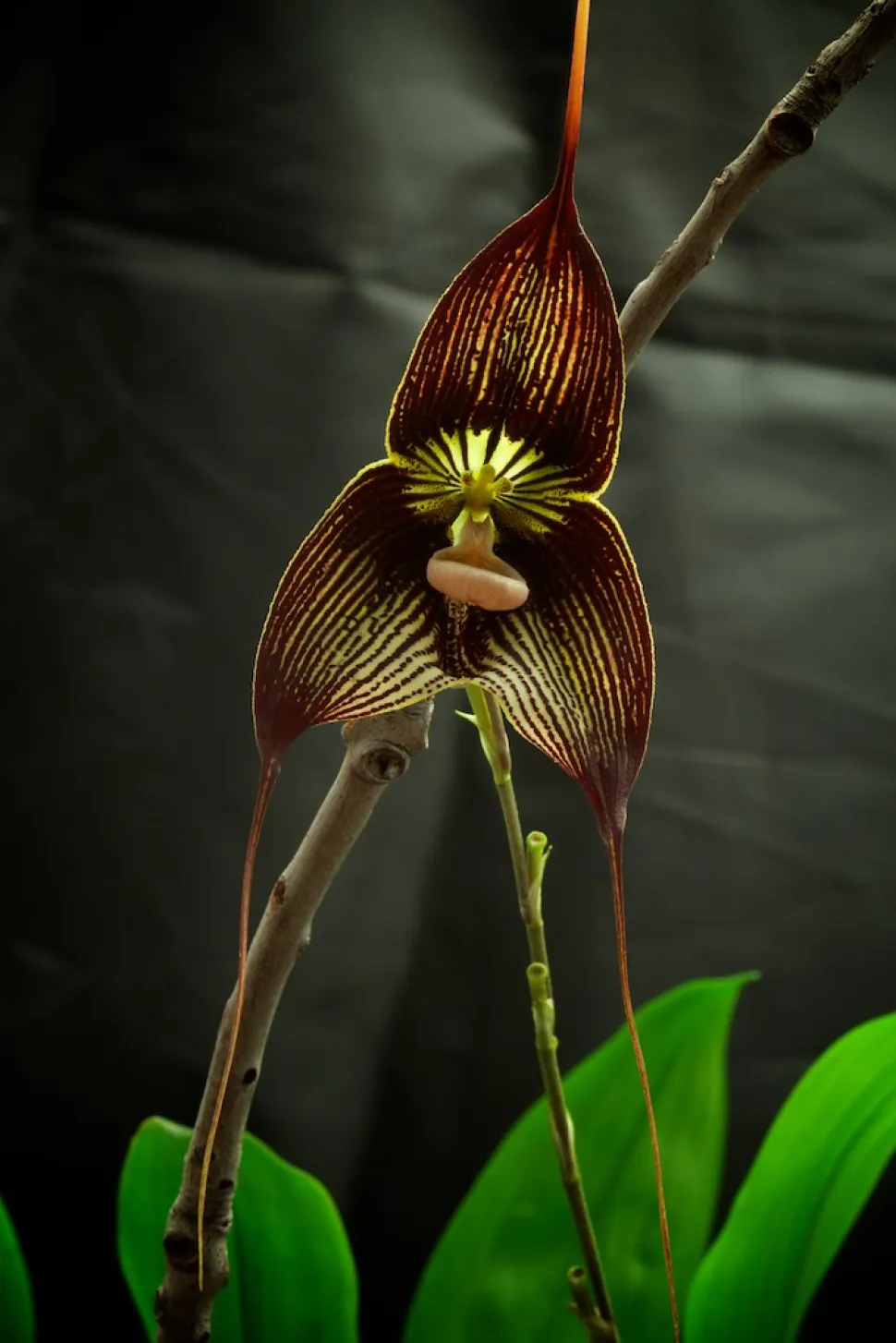
Unlike vampires, the Dracula orchid loves light. Phot by Brett Francis / Flickr
The Dracula orchid is more Nosferatu than Edward Cullen. This plant, with its sepals ending in long spurs, hides a face at its heart that's enough to give you goose bumps. In the Dracula simia orchid, it resembles a mischievous monkey. But in the Dracula vampira variety, it takes the form of a grinning bat.
The Dracula orchid is a rare and demanding specimen. Its substrate, preferably sphagnum moss, must always remain moist. In addition, this species needs a temperature variation between day and night to flower.
Spider's web houseleek (Sempervivum arachnoideum)
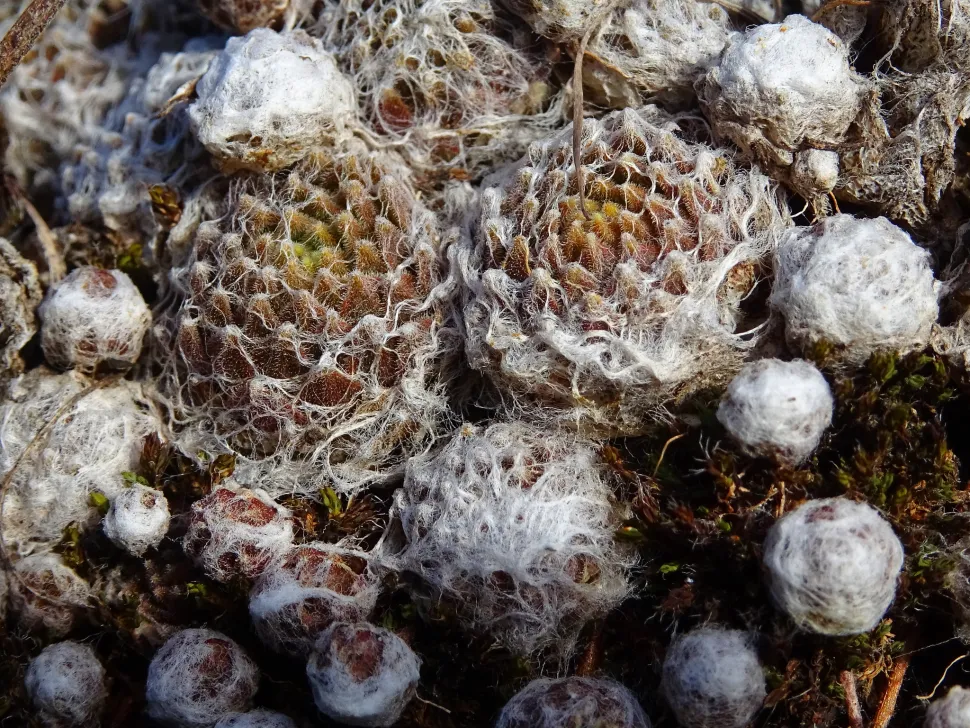
Joubarbe's spider webs help it retain moisture. Photo by Olive Titus / Flickr
A haunted house means a spider's web! Instead of going on a cleaning strike, adopt a Sempervivum arachnoideum. Covered in transparent threads, this fat little plant seems to have been left to the mercy of arachnids after the masters of the house left in a hurry.
Hardy enough to withstand temperatures as low as -25°C, spider's web houseleek is content with little. You can grow it in a rock garden, in a pot or even directly on a wall. Simply place a little potting soil in a gap and plant your Sempervivum.
Euphorbia lactea cristata
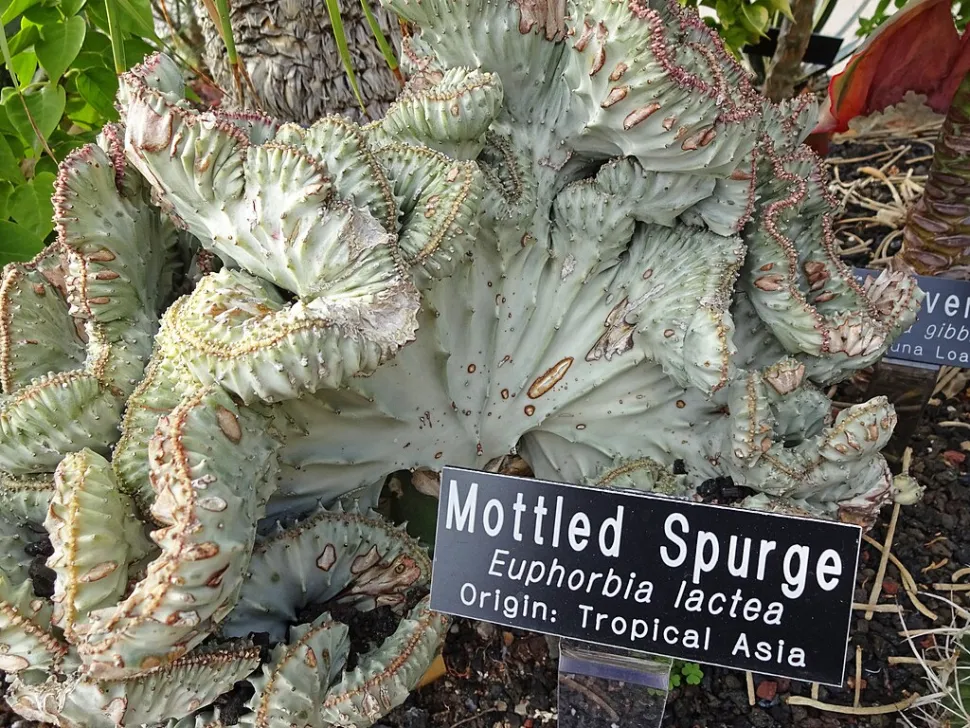
Euphorbia's cristation makes it look like a killer plant. Photo by Andrey Zharkikh / Wikipedia
Euphorbia lactea cristata is not the work of a mad scientist, but the fruit of a natural mutation. The cactus, often infected by a fungus, develops a growth of various shapes. The most frightening? The whitish, brain-like protuberance at the top of the green stem.
The cristation has no impact on the plant's growth. Euphorbia lactea cristata can be cared for like other Euphorbia lactea varieties. Give it plenty of light and water it when the soil is at least five centimetres dry.
Black Aeonium (Aeonium arboreum 'Zwartkop')
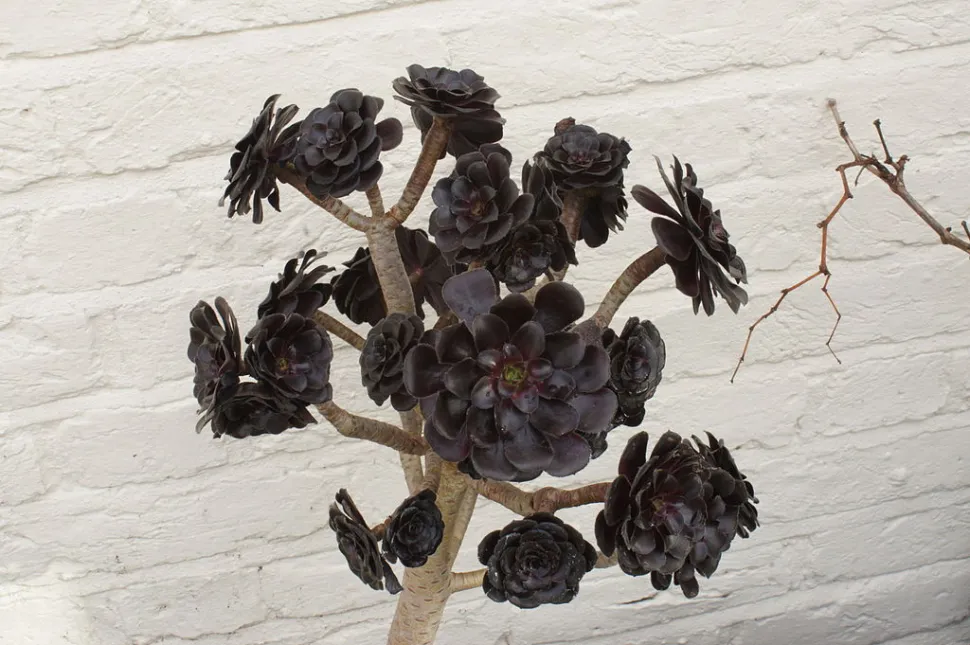
Express your gothic soul with this Aeonium as black as Pete Wentz's fingernails. Photo by Domdomegg / Wikipedia
When you're a fan of Gothic style, it's not always easy to incorporate green plants into your decor. Unless you choose a black Aeonium. With its rosettes of dark purple leaves, this succulent shrub looks as if it has just returned from the realm of the dead.
In regions where it doesn't freeze, black Aeonium can be grown outdoors, in pots or rock gardens. Elsewhere, you can grow it indoors. But it needs a winter resting period. From November to March, place it in a light, unheated room, such as a loggia or veranda.
Begonia ferox
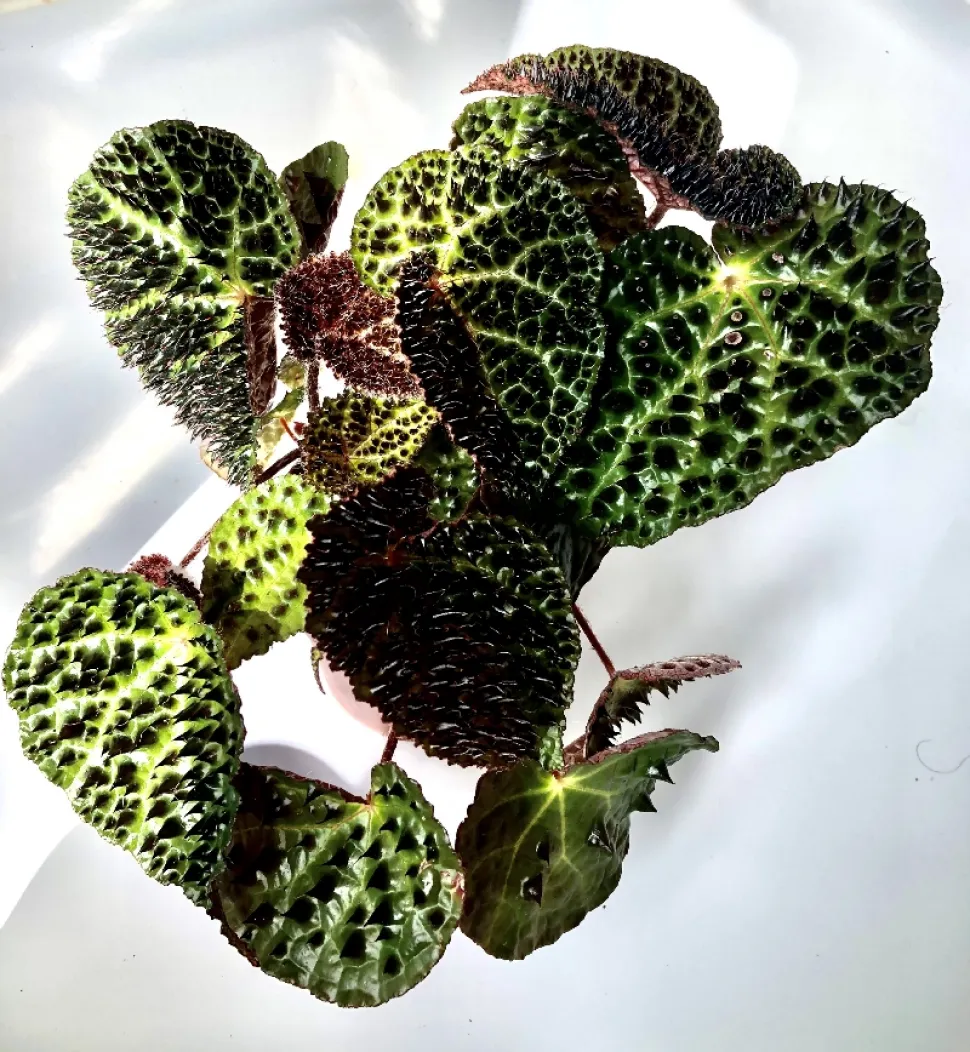
More demanding and fragile than other begonias, Begonia ferox nevertheless deserves care. Photo by Marcelo Begoonie / Instagram
With its leaves bristling with dark green buboes, Begonia ferox could be suffering from an excruciating, contagious disease. These spikes are actually a sign of good health! It means that the leaf blade has reached maturity.
Like other begonias, Begonia ferox loves humidity. But its foliage, covered with a fine down, does not tolerate misting. To increase humidity, place the pot on a dish filled with moist clay balls.
Chrysanthemum (Chrysanthemum)
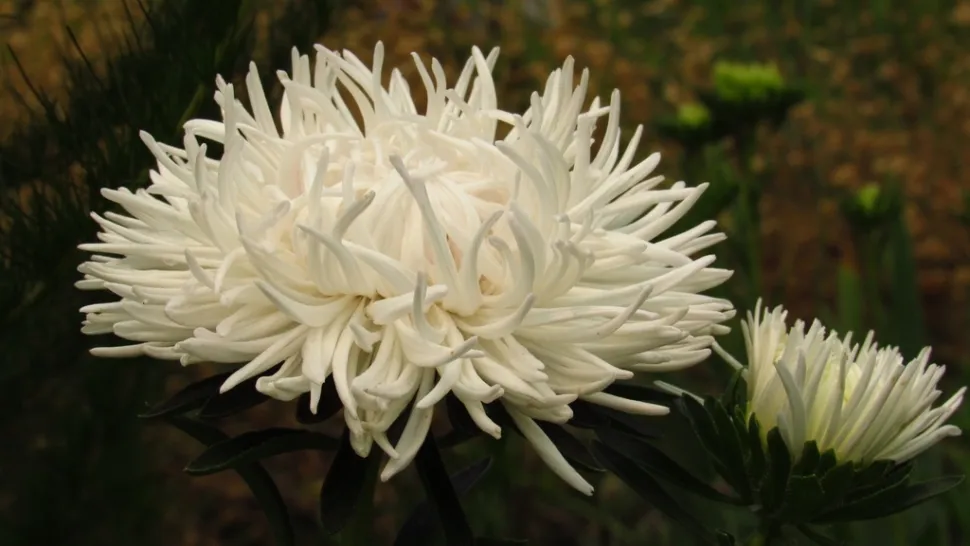
In the language of flowers, the white chrysanthemum symbolizes pure love. Photo by Keward92 / inaturalist
With their white, purple, yellow or pink petals, chrysanthemums should bring cheerfulness. But in Europe, these plants from the Asteraceae family are symbols of mourning. Whether their flowers are single or pompon-shaped, they inevitably evoke cemeteries and war memorials.
In the garden, Chrysanthemums are hardy perennials. Water when it's not raining, and cut back clumps in spring to keep them compact. Chrysanthemums can also flourish between four walls. It will need plenty of light during the flowering period. In autumn and winter, place it behind a window bathed in sunlight. In summer, move it to semi-shade.
Old man's head (Cephalocereus senilis)
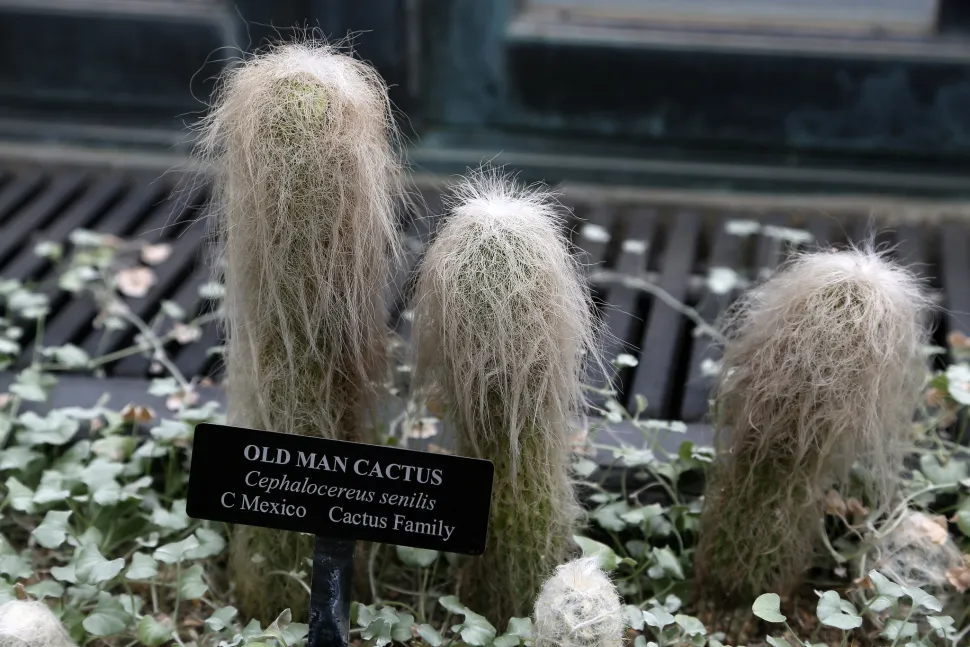
The cactus family also has its Cousin Machin. Photo by Jim The Photographer / Flickr
Old man's head. The name alone sends shivers down my spine. This cactus owes its nickname to the silvery hairs that cover its stems. Beneath the fine down, the brown thorns stand out, ready to prick anyone who gets a little too close.
Like many succulents, Cephalocereus senilis is not very demanding. It appreciates copious watering when its potting soil has dried on the surface, and a little fertilizer in summer.
Alligator fern (Microsorum musifolium)
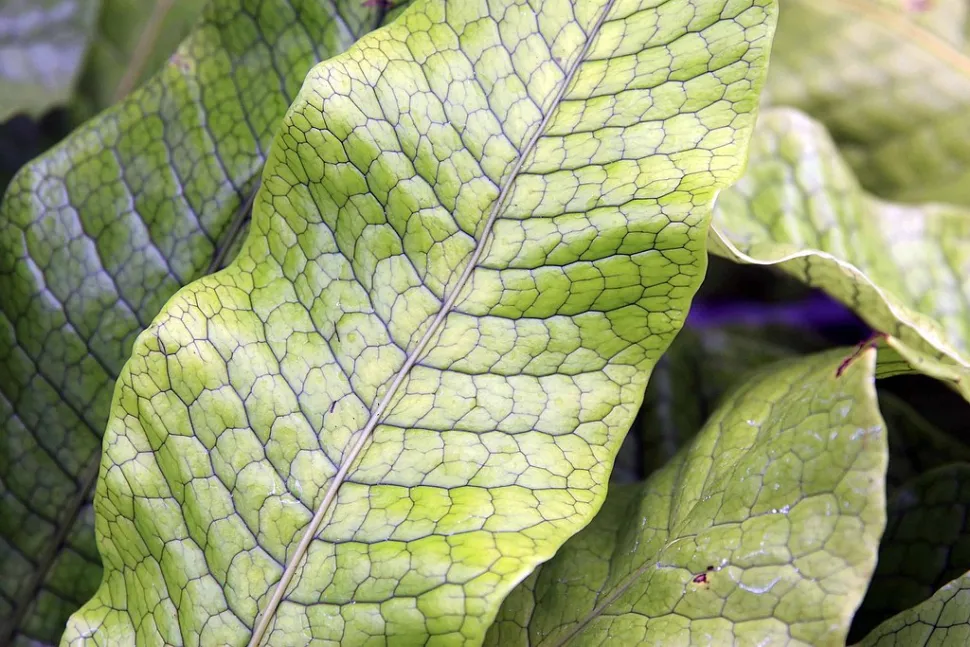
The crocodile fern grows in Southeast Asia, the kingdom of Krasue and other vampires that devour pregnant women. Photo by David J. Stang / Wikipedia
No cabinet of plant curiosities would be complete without its fern. If you're looking for a strange variety, I recommend Mircosorum musifolium. Its varnished fronds are so veined that they resemble crocodile skin.
Like all ferns, Microsorum musifolium thrives in humid environments. Place it in your kitchen or bathroom, behind the window. Place the pot on a dish filled with clay balls or wet gravel to improve humidity.
By Servane Nemetz
on 18-10-2023 at 17h01
on 18-10-2023 at 17h01


